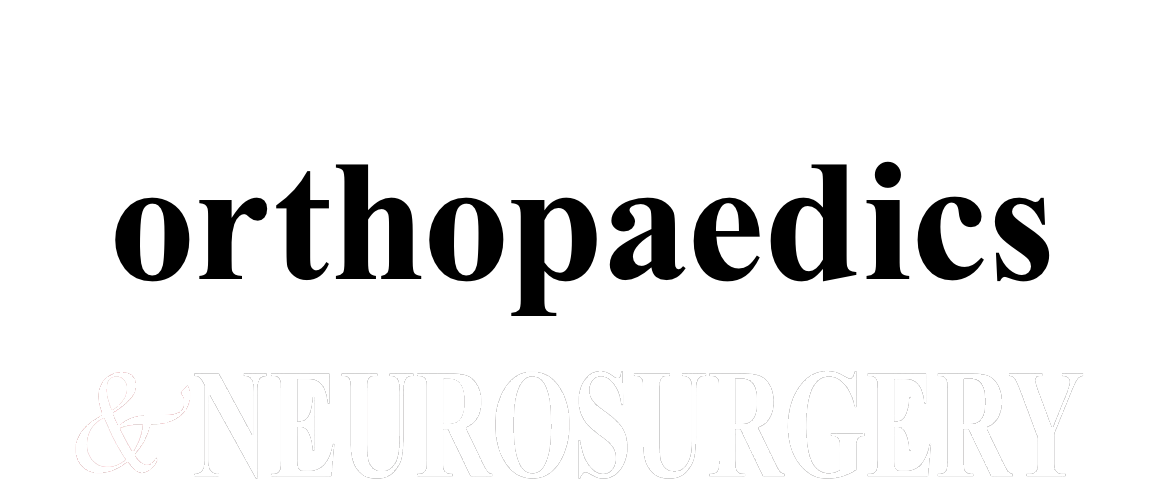Knee Arthroscopy
Knee arthroscopy is a minimally invasive surgical procedure that allows surgeons to diagnose and treat many conditions within the knee. Due to its low physical impact, knee arthroscopy allows for faster recovery than traditional "open" surgical techniques and is typically done as an outpatient procedure. The result is that patients are able to begin recovery from the comfort of their own homes the same day and generally return to normal activities faster
The Procedure
Step 1 - Preparation
In the operating suite, the patient is positioned laying flat on the operating table facing upward. This position provides comfort to the patient and the best access for the surgeon. Anesthesia is given per the anesthesiologist and the patient is sedated. With the patient fully and safely sedated, the skin is cleaned and the leg covered with sterile drapes.
Step 2 - Initial Examination
The surgeon makes two small incisions--generally around 8 mm in length--on either side of the knee, referred to as “portals." An arthroscope--a small video camera approximately the size of a pencil--is inserted into one of these portals to allow visualization of the inside of the knee. The knee is then filled and flushed with sterile fluid. Images from the arthroscope's video camera are projected onto a video screen, allowing the surgeon to see inside the shoulder.
Step 3 - The Specific Procedure
After carefully inspecting and accurately diagnosing the injury, a series of very small, specialized surgical instruments are then inserted via the other portal and used to remove or repair the damaged tissue. These specialized instruments are used for cutting, removing tissue, grasping, suturing tissue, etc.
Step 4 - Closure
When the procedure is complete, the instruments and arthroscope are removed from the knee. The incisions are closed with sutures which will be removed usually in about 10-14 days.
A bandage and ACE wrap is applied to the knee. A local anesthetic (numbing medicine) is injected into the knee and around the incisions before the patient wakes. Dr. Kirol's team uses an appropriate, long-lasting medication, which allows for excellent postoperative pain relief as well as less use of postoperative opioid pain medications.
Types of Knee Arthroscopy
There are many knee procedures that can be preformed arthroscopically, some of which include:
- Removal or repair of torn meniscus
- Reconstruction of torn anterior circuit ligament
- Removal of inflamed synovial tissues
- Trimming of damaged articular cartilage
- Removal of loose fragments of bone or tissue
- Removal of thick bands of tissue (plica)



